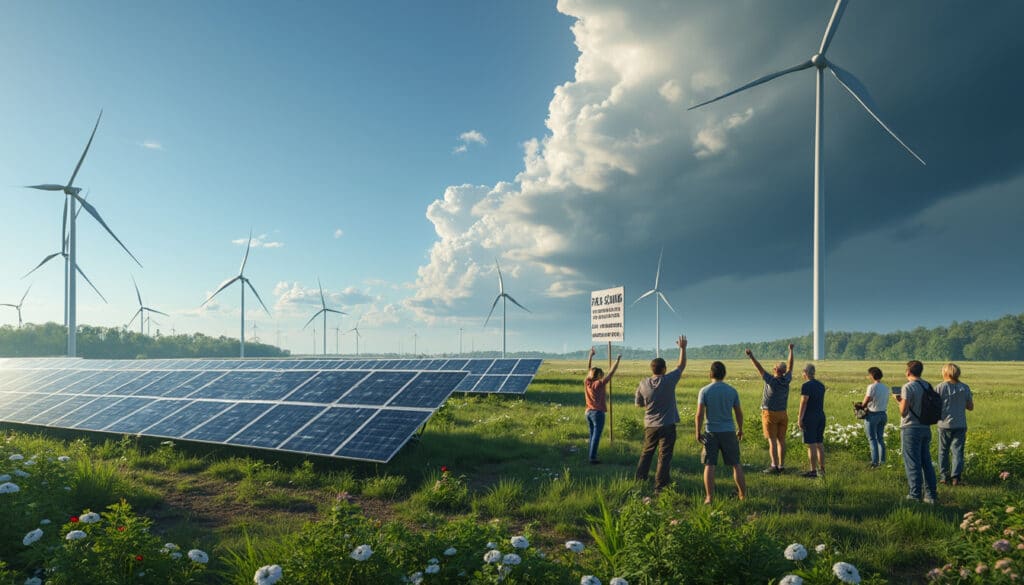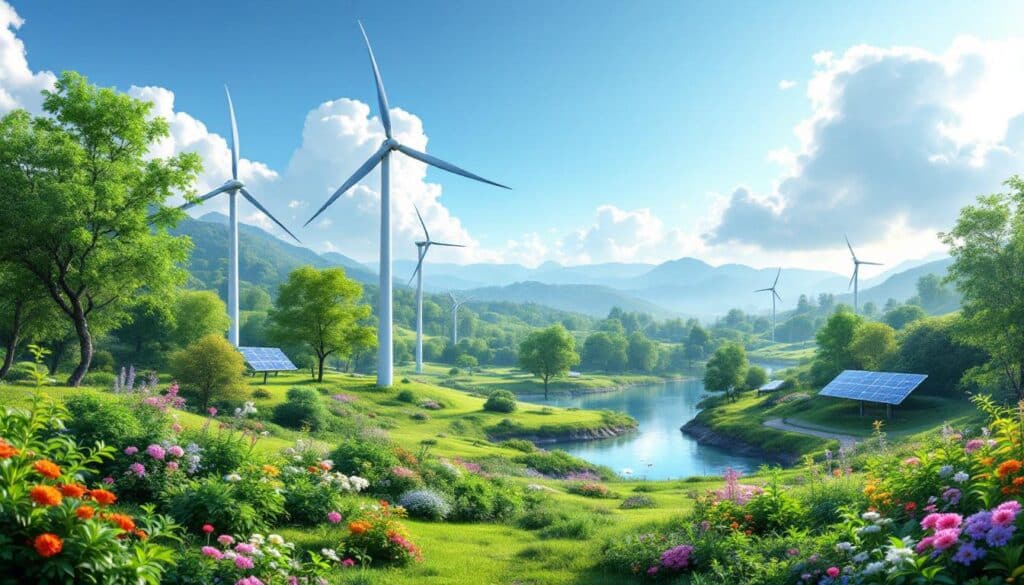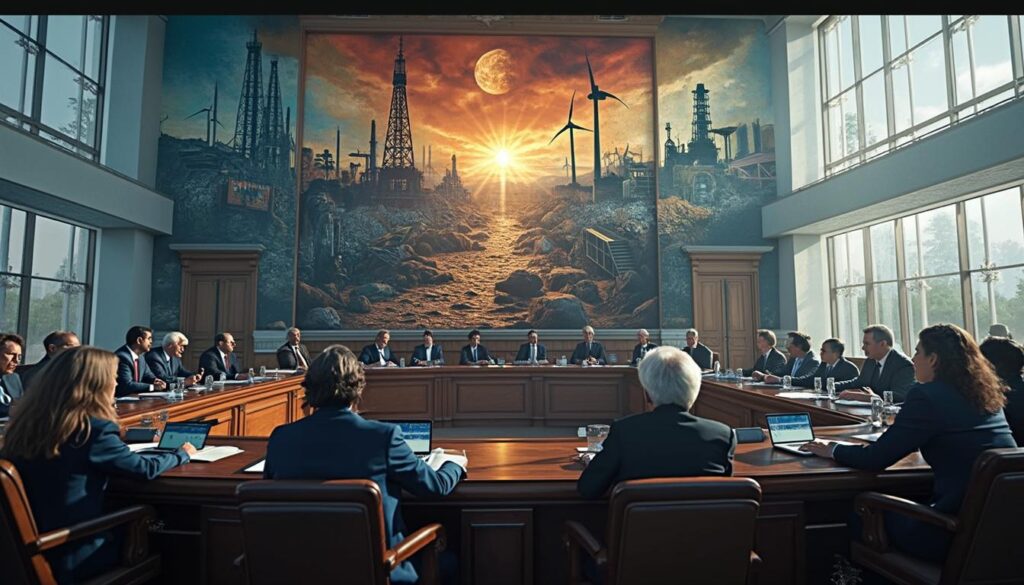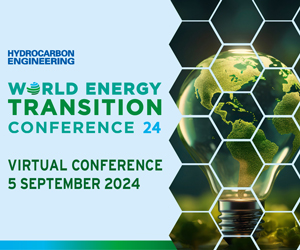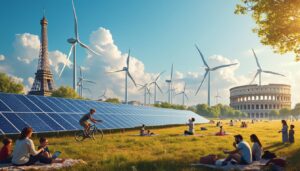The American energy landscape is undergoing significant changes. Political decisions profoundly influence the future of renewable energy. Among the major issues, offshore wind projects provoke strong reactions.
Since Trump’s election, initiatives in favor of green energy have faced numerous obstacles. Regulatory attempts aimed at hindering the development of offshore wind have sown doubt among investors. Despite these challenges, the renewable energy sector continues to make progress thanks to technological innovations. Efforts to reduce reliance on fossil fuels encounter often contradictory policies. However, the resilience of solar and wind projects demonstrates a strong commitment to energy transition. Market players remain determined to overcome political obstacles to ensure a more sustainable future. The balance between economic development and environmental protection remains a key priority.
“`html
Introduction to energy challenges on Long Island
Long Island, with its proximity to New York, represents a strategic area for the development of renewable energy. For several years, the region has engaged in various projects aimed at promoting green energy, notably through the installation of wind and solar farms. However, the Trump administration introduced significant obstacles that hindered the advancement of these initiatives. This article explores the different facets of the challenges faced by green energy projects on Long Island under the influence of Trump’s policies.
What obstacles did Trump impose on green energy projects on Long Island?
The Trump administration demonstrated strong opposition to offshore wind projects along the East Coast of the United States, including Long Island. Congressman Jefferson Van Drew was preparing an order aimed at halting these activities, thereby reducing the opportunities for developing renewable energy in the region. During the first Trump administration, several offshore wind projects had been approved, but these initiatives faced temporary suspensions and significant delays. The priority given to fossil fuels, such as coal and oil, also diverted investments from renewable sectors, compromising local energy ambitions.
Impact of Trump’s policies on local wind and solar energy
Trump’s virulent statements against renewable energy had direct repercussions on wind and solar projects on Long Island. By temporarily suspending wind energy leases in federal waters and limiting the granting of permits, the administration hindered the development of new wind farms. These actions not only slowed the energy transition but also increased the costs associated with air pollution and greenhouse gas emissions. Despite these obstacles, solar continues to progress, supported by local initiatives and ongoing investments.
Stakeholder reactions to political obstacles
In response to Trump’s attempts to paralyze green energy projects, various stakeholders on Long Island reacted with determination. Environmental advocacy groups intensified their efforts to challenge administrative decisions through legal remedies, seeking to protect eco-responsible initiatives. Furthermore, investors in clean energy expressed concerns about the long-term viability of these projects, potentially impacting the available funding. However, innovators and sector leaders, inspired by figures like Bill Gates, continue to promote green technologies and encourage investments in renewable energy.
The resilience of renewable energy despite political challenges
Despite Trump’s attempts to hinder the development of renewable energy on Long Island, the sector demonstrates notable resilience. Community solar projects, for instance, continue to develop by facilitating access to green energy for local residents. These local initiatives rely on sustainable and adaptive solutions capable of overcoming political obstacles. Moreover, the increase in production capacities and technological innovation allow renewable energy to gain efficiency and competitiveness, contributing to a cleaner and more sustainable energy future.
The economic implications of Trump’s anti-renewable policies
Trump’s prioritization of fossil fuels has had significant economic consequences for Long Island. By reducing investments in wind and solar projects, the administration limited job creation in the renewable energy sector. Furthermore, delays in project approvals resulted in increased operational costs and diminished competitiveness of green technologies. However, despite these challenges, the local renewable energy market continues to grow, supported by private initiatives and local policies favoring the energy transition.
Local solutions to overcome political obstacles
To counter the obstacles posed by the Trump administration, local actors on Long Island have adopted various innovative strategies. Among these, strengthening public-private partnerships has enabled mobilization of essential financial and technical resources for the development of wind and solar projects. Additionally, community engagement and education about the benefits of renewable energy have played a crucial role in rallying local support. These combined efforts contribute to creating a favorable environment for the rise of green energy, despite adverse political pressures.
Future prospects for renewable energy on Long Island
On the horizon, renewable energy on Long Island appears determined to continue its expansion despite political challenges. Increased investments, technological progress, and support from local communities offer optimistic prospects for a sustainable energy future. Furthermore, the ongoing commitment of sector players and environmental advocates ensures that green energy projects will continue to develop and contribute to reducing carbon emissions and protecting the environment. For a more detailed analysis of the capacity of renewable energy in the United States, see this overview.
Articles similaires
Thank you!
We will contact you soon.

